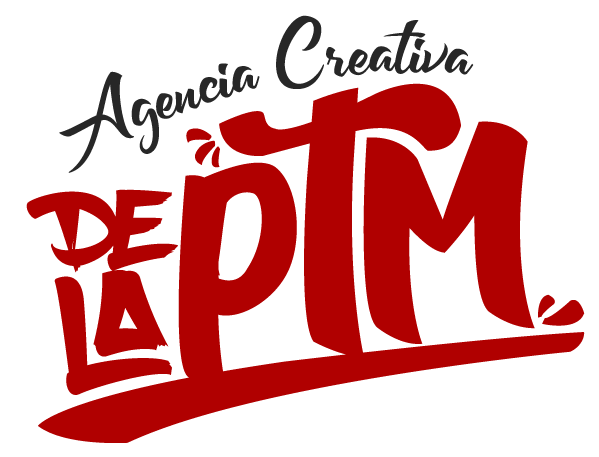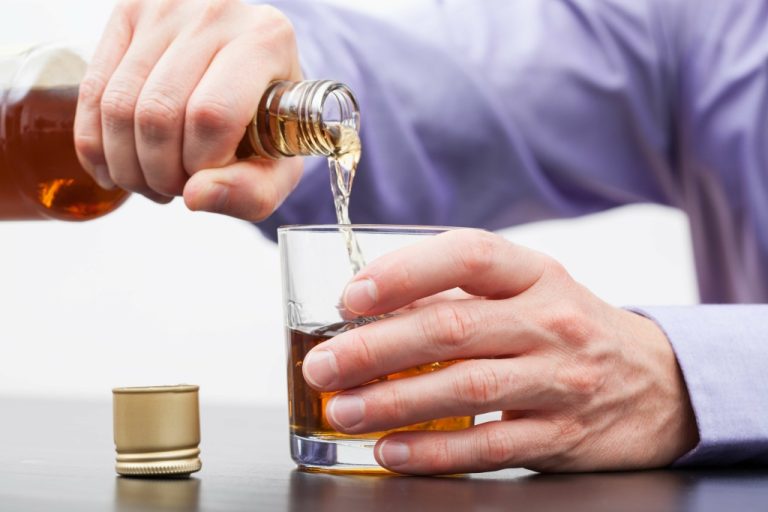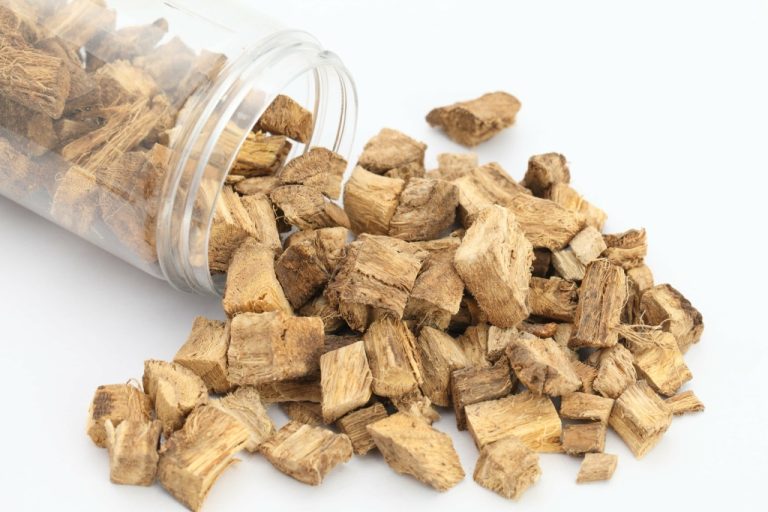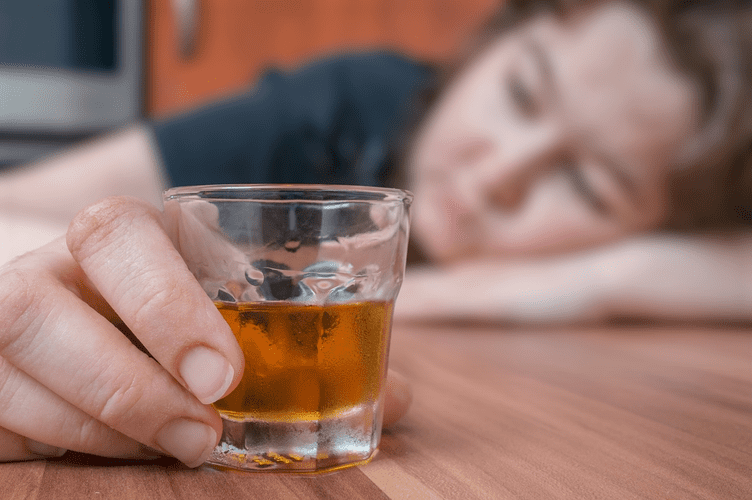The true number of attempts was likely higher because only attempts that had occurred in the preceding month were elicited for both the 1- and 6-month follow-up evaluations. Elevated AUDIT scores were not used to select the sample for these analyses and this is likely to have skewed the study group toward higher levels of suicidality and depressive symptoms. The brevity of the principal measures of depressive symptoms and of alcohol use patterns precludes more detailed analysis, but this was necessary to maximize participation and sample retention. It may also be that since a majority of the liberty cap lookalikes students in the present sample screened positive for depression, the resulting limits in the range of depression scores account for their failure to predict attempts. In this prospective analysis of 2296 college students deemed at increased risk for suicide, the degree of alcohol problems, but not consumption level, significantly predicted the likelihood of suicide attempts. Other baseline features predictive of suicide attempts included wishes for death, suicidal ideation, suicide attempts and degree of global impairment.
LinkOut – more resources
Research indicates that AUA increases risk for suicidal behavior by lowering inhibition and promoting suicidal thoughts. Buprenorphine, a mu opioid receptor partial agonist and kappa receptor antagonist, has become one of the most prescribed treatments for OUD relapse prevention in the US [248, 249]. Induction of buprenorphine in the emergency room for individuals with OUD who present with opioid overdoses has been shown to decrease the risk for future overdose [250]. Interestingly, buprenorphine has shown efficacy in treating depressive symptoms during the course of treatment of OUD [251], as well as in treatment-resistant depression [252–254]. Some case reports reported significant reduction in suicidal ideation with the start of buprenorphine treatment for OUD [257, 258]. Even in individuals without OUD, Yovell et al. [259] found that a very low dose of buprenorphine (0.1–0.8 mg/day) significantly reduced suicidal ideation in 2 weeks, compared with placebo.
The association between OUD and increased suicide risk may be attributed to several factors. Social and environmental disadvantages, such as lack of family support, unemployment, and homelessness [144, 156–158] are highly prevalent among persons with OUD, as well as suicidal individuals. Childhood trauma (e.g., physical or sexual abuse) is a particularly significant early risk factor for suicide [159] and is highly prevalent in OUD [160–162].
How Prevalent Is Substance Misuse and Suicide in the United States?
Lastly, studies combining pharmacotherapies for depression and alcohol dependence (e.g., sertraline and naltrexone) suggest better results for mood symptoms and abstinence than either mood or AUD treatment alone [123, 128]. To date, however, there are insufficient trials comparing one medication to another [126], and few that examine the effects of pharmacotherapy on suicidality in alcohol users. Alcohol misuse is robustly linked to heightened risk for suicidal ideation, attempts, and deaths in youths and adults [10, 15–17], a phenomenon not accounted for by comorbid psychiatric disorders [18].
This strategy provides for participation in activities that exclude alcohol, tobacco, and other drug use. Constructive and healthy activities offset the attraction to, or otherwise meet the needs usually filled by, alcohol, tobacco, and other drug use, which ultimately reduces suicidal tendencies. Most important to motivational interviewing is to engage patients in a discussion that is noncoercive and nonthreatening, and to create an atmosphere that is empathic, nonjudgmental, and supportive of the patients’ concerns. Open-ended questions, affirmations, reflective listening, and summarizing are the cornerstones of this approach. We can develop a warped perception of suicide, weakening our efforts to avoid pain and protect our well-being.
Suicide rates rose by 35% in the US over the past two decades [1] despite significant efforts to reverse this pattern by identifying risk factors and preventative interventions [2]. While mood disorders are among the most important risk factors for suicide [3–5], comorbidity with alcohol and substance use disorders (AUD/SUD) vastly increases vulnerability to suicidal ideation [6, 7], attempts [8, 9], and deaths [5, 10, 11]. Additionally, suicidal ideation and behavior are significant clinical concerns among those seeking treatment for AUD/SUD [12], and risk for highly lethal suicide attempts remains to be elevated even after remission from SUD [13]. While all substances elevate the risk for suicidal behavior, alcohol and opioids are the most common substances identified in suicide decedents (22% and 20%, respectively), far above rates of marijuana (10.2%), cocaine (4.6%), and amphetamines (3.4%) [14•]. In this review, we summarize literature on what is a substance abuse counselor the role of AUD and opioid use disorder (OUD) in contributing toward the risk of suicidal thoughts and behavior and discuss treatment interventions. Limitations include highly unequal group sizes and the small number of suicide attempts observed, a somewhat surprising number given that the students followed were selected through screening to be at increased risk for suicidal behavior.
Treatment Interventions for Co-occurring Suicidality and AUD
In fact, we found that alcohol use increased the risk of death by suicide by a frightening 94 per cent. Further research is needed to understand the effects of alcohol and opioid use on suicide risk, as well as address notable gaps in the literature on psychosocial and pharmacological interventions to lower risk for suicide among individuals with AUD/OUD. Comparisons of continuous variables (AUDIT and PHQ Scores) used two-tailed independent t-tests and categorical comparisons used Chi-square tests. Binary logistic regression used the presence or absence of any suicide attempt at the 2-month or 6-month follow-up as the dependent variable. Subsequent analyses tested all possible interactions between the independent variables, with non-significant interactions dropped from the eventual final model. There was no clear pattern based on levels of consumption, as there were not consistent differences in suicide attempt and self-harm risk between people with light, moderate, and hazardous drinking consumption.
While they have been effective in populations with AUD/SUDs, there is limited evidence of their utility in co-occurring suicidality/depression and alcohol misuse [136]. Brief interventions for suicidal crises (e.g., Safety Planning Intervention; SPI) often implemented in healthcare settings typically involve a written compilation of STB triggers, coping strategies, and sources of support [129]. Similar variations may include a risk assessment component (e.g., ED-SAFE) or intermittent outreach (e.g., SPI+) [130]. These interventions have shown success in reducing imminent suicide risk [52] and may be potentially adapted to address simultaneous risk of alcohol misuse.
In the latter study, the lowest levels of CSF-5HIAA were found in impulsive offenders with a past suicide attempt, perhaps suggesting that impulsivity and suicidality are independently and additively related to serotonergic dysfunction. Even if someone does not fit all the criteria of an alcohol use disorder, they can still be at risk of developing alcohol dependence, putting their physical and mental health at risk due to alcohol abuse. Addressing alcoholism in a clinical setting and providing recommendations about setting limits or considering abstinence can help people make informed and conscientious decisions about their alcohol consumption.
There is so much concern about Canadians’ drinking that some policymakers are advocating for warning labels on alcohol bottles like those on cigarette packages. In fact, we are so concerned about excessive drinking that we implement initiatives like Dry January where we challenge ourselves not to drink alcohol for a month. Suicide hotlines are designed to assist people contemplating suicide or otherwise in distress by providing emotional support and connecting them with crisis resources. The following resources offer confidential services, so you don’t have to provide any identifying information if you don’t want to. They may think they’re a burden to others and begin to develop a higher pain tolerance and fear of suicide. The more we talk about it, the more we can create space for support, healing, and recovery.
However, those in the highest category of consumption (‘probable dependence’, counted as drinking more than 30 units of alcohol per week) did face higher odds of suicide attempt and self-harm. celebrities drinking alcohol Whether you’re seeking treatment for yourself or you’re concerned about a loved one, know that there are many ways to help prevent suicide and stop alcohol misuse. Many people in similar situations have benefited from a combination of mental health and substance use disorder treatment.
Some of these studies have found significant correlations between suicidal ideation and excessive alcohol use (Arria et al., 2009; Lamis et al., 2014, 2016), but others have not (Garlow et al., 2008; Gauthier et al., 2017). Indeed, one study found a significant negative relationship between frequency of alcohol use and the likelihood of seriously considering suicide (Kisch et al., 2005). The same study reported rates of suicide attempts in the previous year but did not assess risk factors for having had attempts.
- These interventions can include outpatient or inpatient treatment depending upon the severity.
- However, such studies do not account for the utility of psychosocial treatment in reducing suicidal ideation and behavior in individuals with OUD, and research on psychosocial interventions for opioid use and co-occurring suicidality remains an outstanding area of study.
- In this prospective analysis of 2296 college students deemed at increased risk for suicide, the degree of alcohol problems, but not consumption level, significantly predicted the likelihood of suicide attempts.
- Based on postmortem blood alcohol concentrations, AUA was commonly present among those who died by suicide.
- There is always a place to turn, no matter how dire or hopeless your situation may seem in the moment.
This lends support to the clinical utility of targeting suicidality and alcohol misuse simultaneously in the acute stages of treatment. Although not specifically indicated for suicidal ideation or behavior, SSRIs have been used with some success in decreasing suicidal ideation alongside other depressive symptoms, and reducing alcohol misuse in depressed alcohol users [101, 117–119]. SSRIs consistently produce a modest 15–20% reduction in alcohol consumption [120], however intra-individual reductions in alcohol intake range widely from 10 to 70% [120].
Importantly, serotonergic dysfunction may be central to the pathogenesis of depression [66], specifically with regard to 5-HT 1A and 5-HT 1B receptors [67] thought to play a role in mood and reward sensitivity, and regulation of impulsivity and aggression [67]. Thus, serotonergic dysfunction may reflect a common pathway to suicidal outcomes and AUD, perhaps mediated by underlying depression or impulsive aggression. Lower concentrations of 5HIAA have also been found in alcoholic individuals compared to controls [69] and in impulsive violent offenders compared to premeditated offenders [70].













